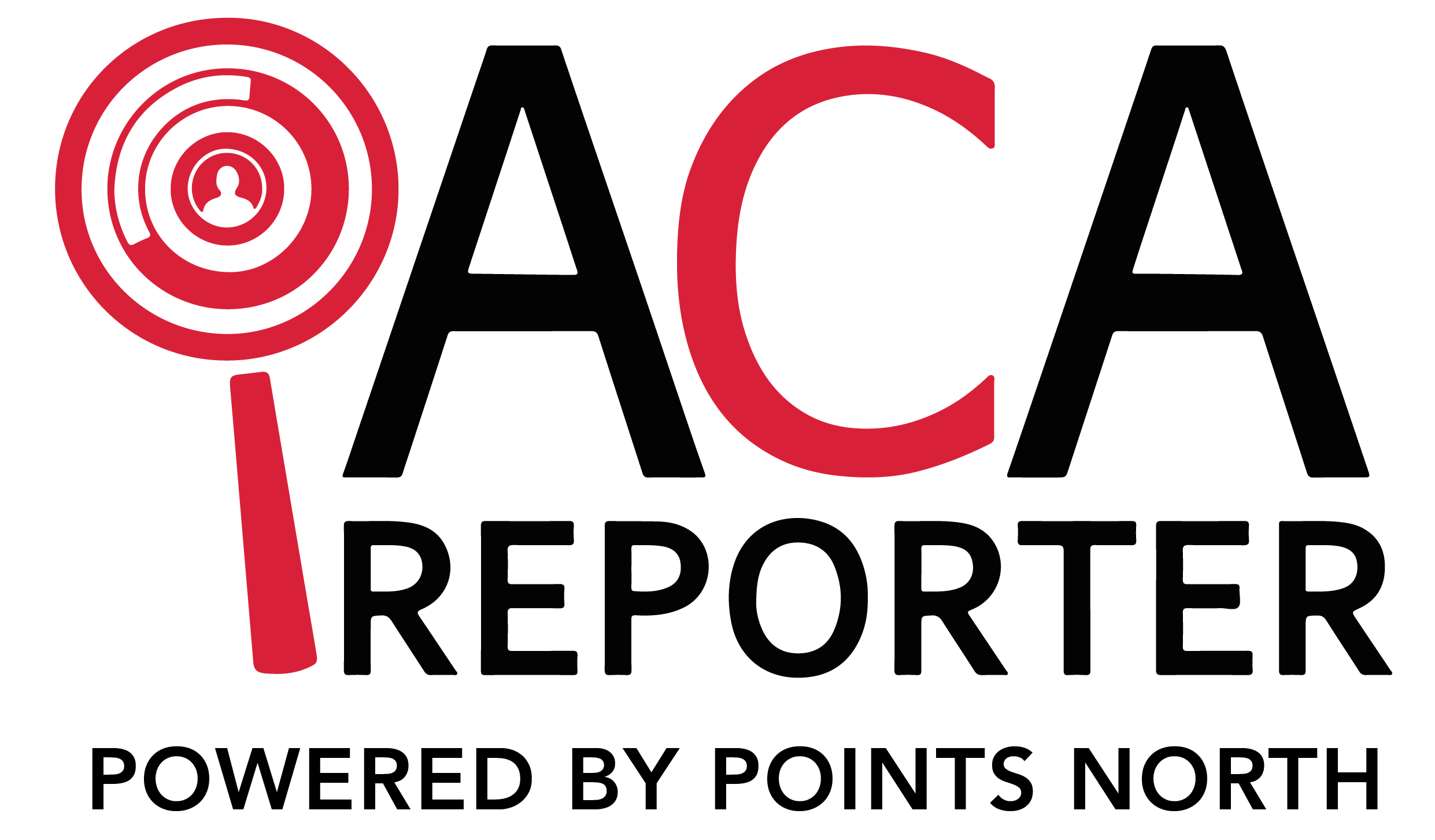3 Mar, 2020
The Affordable Care Act or ACA stability period is defined as the time period for which an employer must offer health service coverages to all its employees, who, during the measurement period were determined to be full time employees. The offered coverage must be according to the entire duration of the chosen stability period and shouldn’t be based on the number of hours the employees worked during the stability period.
If an employee’s average hours during the measurement period is 30 or more hours per week, although the employee may not have worked for the entire duration, he/she must be offered coverage for 30 hours per week.
For most employers tracking variable hours can be a challenging task, as most variable hour employees do not have a fixed schedule that would meet the average requirement of 30 hours per week. Regardless it’s essential for the employers to remain consistent with the ACA. It is the employer’s task to record that the employees working with variable hours meet the full-time hour requirement i.e. minimum 30 hours per week or 130 hours per month. Monthly Measurement Method and Looked-Back Measurement Method are 2 different methods allowed by ACA to the employers to measure if their variable hour employees classify as full-time employees under the ACA dimensions. Both methods allow the employer to determine the eligibility before the coverage period which is also known as stability period.
If an employee’s average hours during the measurement period is 30 or more hours per week, although the employee may not have worked for the entire duration, he/she must be offered coverage for 30 hours per week.
For most employers tracking variable hours can be a challenging task, as most variable hour employees do not have a fixed schedule that would meet the average requirement of 30 hours per week. Regardless it’s essential for the employers to remain consistent with the ACA. It is the employer’s task to record that the employees working with variable hours meet the full-time hour requirement i.e. minimum 30 hours per week or 130 hours per month. Monthly Measurement Method and Looked-Back Measurement Method are 2 different methods allowed by ACA to the employers to measure if their variable hour employees classify as full-time employees under the ACA dimensions. Both methods allow the employer to determine the eligibility before the coverage period which is also known as stability period.
How to Establish the ACA Stability Period?
The few things that one need to remember when establishing their stability point are as follows:
An employer who has chosen a 12-month measurement period and has 2020 calendar year plan will have the measurement period dates as follows:
You should consider outsourcing your ACA tracking and reporting this season. It will help you reduce your workload and focus more on your organization while you are ensured that your ACA compliance is being properly managed and hence, you're not at the risk of facing any penalties.
- The stability point should at least be of 6 months and cannot be any longer than 12 months.
- The measurement period should be greater than the stability period. However, during the first year, the stability period can be longer than the measurement period.
An employer who has chosen a 12-month measurement period and has 2020 calendar year plan will have the measurement period dates as follows:
- Measurement Period: 11/1/2018-10/31/2019
- Administrative Period: 11/1/2019-12/31/2019
- Stability Period: 1/1/2020-12/31/2020
You should consider outsourcing your ACA tracking and reporting this season. It will help you reduce your workload and focus more on your organization while you are ensured that your ACA compliance is being properly managed and hence, you're not at the risk of facing any penalties.
Many companies rely on ACAreporter for their reporting needs. If you need any assistance in ACA reporting. Contact us!




.png)
